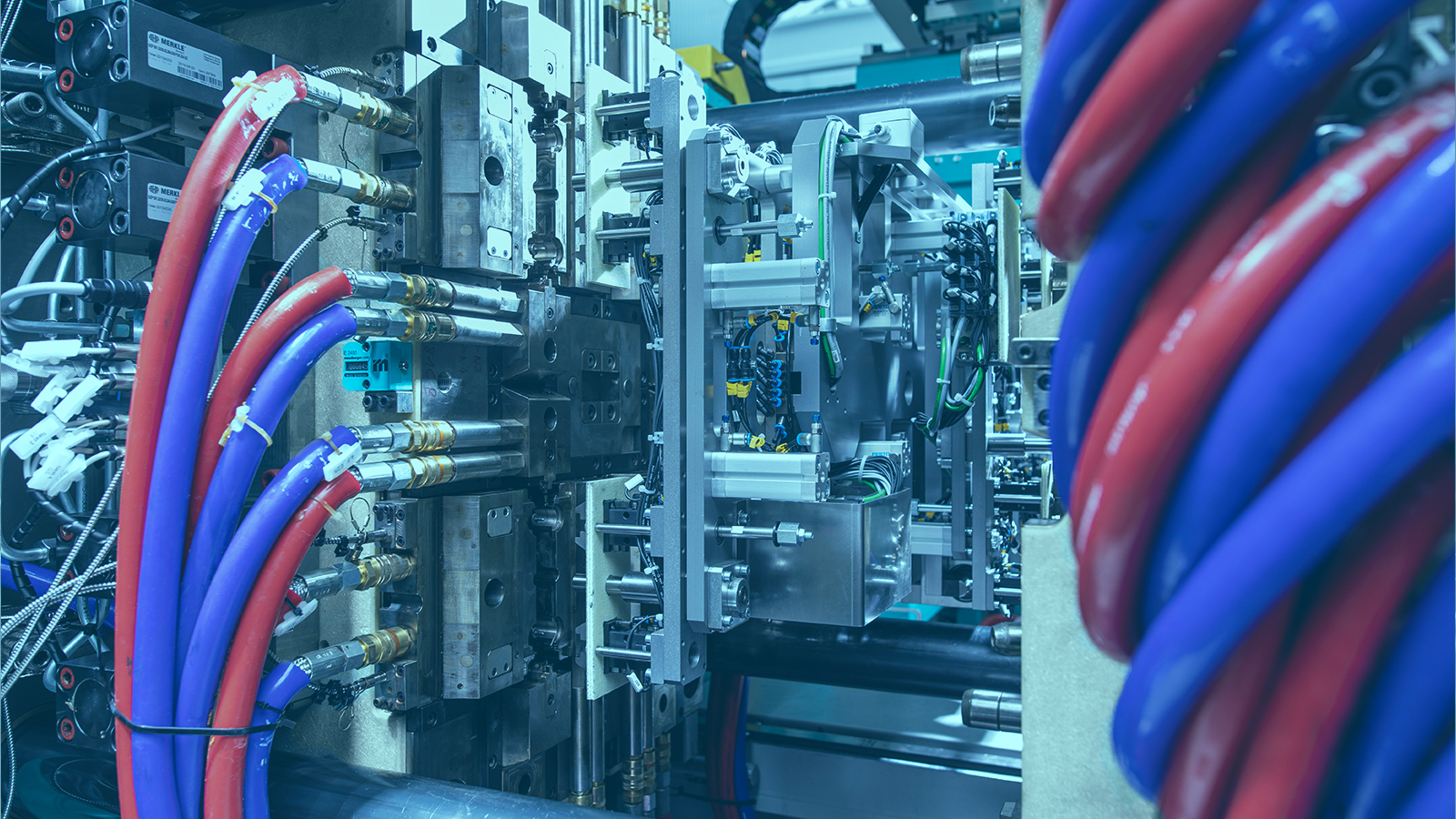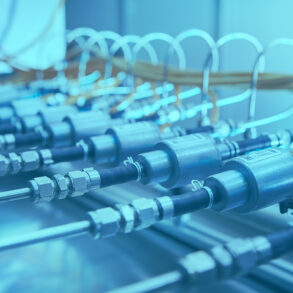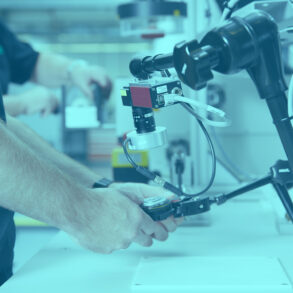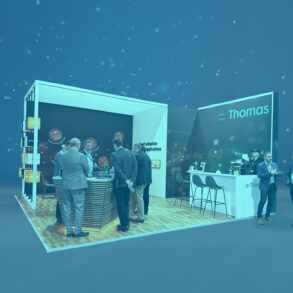It would be hard to imagine a world without plastics, not only because they open up completely new possibilities for product developers. Compared to traditional materials such as wood and metal, they bring clear benefits: lower production costs and less weight. Plastics can also be given specific properties in line with customers’ requirements.
thermosets for sensitive electronics
The experts at Thomas have been aware of the growing importance of the plastics technology for its customers. As long ago as 2007, the company set up an in-house team dedicated to the production and industrial-scale manufacturing of plastic parts. Thomas gradually expanded its capacity, going on to open a cutting-edge plastics production line in Innomotion Park 2 in 2018. This facility offers the perfect environment for the production of plastics: an air-conditioning system that always keeps the temperature within the range required for manufacturing precision plastic components, a central material depot, and state-of-the-art injection-molding machinery including automation.
Plastic components developed “in house” since 2019
Thomas established a dedicated plastics development operation two years ago, having previously developed plastic parts in its former business units. This was an important step, because the expertise needed for the complex area of plastics has to be concentrated in a single department if the company is to offer customers genuinely innovative solutions for their requirements.
“The requirements have changed significantly,” explains Sascha Bechheim, Director Plastics Development. “We mainly used to overmold our magnets with plastic to gain benefits in terms of costs, installation space and, potentially, weight as well. Nowadays, with products that are getting increasingly smart and advanced, companies such as ours have to handle aspects like functional integration and overmolding electronics. In particular, the overmolding of electronics using thermosets, for instance, will be a key tool for giving us further competitive advantages. With our oil shutoff valve, we’ve managed to integrate thermoset-overmolded electronics into a valve for the first time.”
Working with thermosets poses a challenge, because the material behaves like water in some respects. This leads to burring, which can cause contamination during the manufacturing process. The advantage of thermosets is that they can be processed at low temperatures and pressures. This is essential, because the sensitive electronics would not survive an overmolding process using thermoplastics that needed high temperatures and pressures.
From plastic granulate to the finished components
Thomas only works with engineering and high-performance thermosets. Thermosets that can withstand temperatures of up to 300°C are sometimes employed depending on customer requirements. The raw material used in the process is a granulate, i.e. a form of pellet, that can have various additives mixed in with it. These include PTFE, when particular sliding properties are required, or glass fibers for applications exposed to heavy mechanical loads.
“At Thomas, we validate the plastic parts we develop through filling simulations followed by close-to-production prototypes that we make in house. Once the components and assemblies meet all our customer’s specifications, we ramp up production of the subsequent series tools for our own plastics manufacturing,” explains Bechheim.
Plastics Development is part of the Actuation & Plastics central development service unit and works closely with the associated specialist departments – Actuation, Simulation, and Prototyping. It develops solutions for three areas: Off-Highway Solutions and Mobility Solutions.
Rapid prototyping
The significant benefits of developing plastic components in house are demonstrated yet again when combined with the master molding concept that the service unit introduced two years ago: it takes only four to eight weeks to get to the finished prototype, which is made from series-production material in a process that itself mimics series production. Validation and thus fixing the final design can both be done much faster, enabling customers to benefit from short lead and development times and a quicker time-to-market.
And what does the future hold?
Bechheim says: “We’ve focused very much on ‘single-component injection molding’ up to now. In the future, we also want to move towards two-component technology, overmolding electronics and, increasingly, plastics joining technology as well. This will let us reduce manufacturing costs further across the company and speed up production. Something else to consider is gas-assisted injection molding, or GAIM.”
However you look at it, the Actuation & Plastics unit forms a crucial link between actuator systems and electronics as part of our technology strategy.

„
Whatever happens, however, we’ll be aligning our unit’s strategy closely with market requirements.












